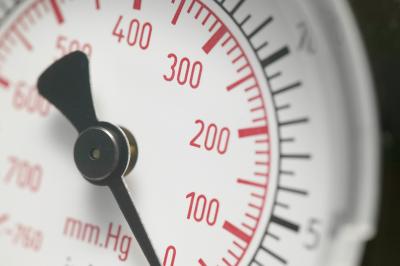
In the lifetime of owning a vehicle it is very possible that you may at some point need to test your fuel pump to ensure that it is working properly. A fuel pump is essential for a car to run properly in that it helps deliver fuel to the engine. If the fuel pump is not working properly, it can put you and whoever else is in the car in serious danger. While testing your fuel pump may sound difficult, it is actually quite simple with the proper tools.
Check the fuel pump to make sure that the pump is running when the engine is being used. To do so, rev the engine and listen to see if any sound comes from the fuel pump. If no sound is coming out, it is likely that your fuel pump is no longer running properly.
Measure the fuel pump's pressure to ensure that the fuel pump is the problem. Most fuel systems require 30 to 80 PSI to run properly. If there is inadequate fuel pump pressure, the engine may not start or will work at a lowered output than normal. Attach your pressure gauge to the pressure test fitting on your vehicle. The placement of the test fitting will vary depending on the make and model of the vehicle, so consult with your instruction manual for direct instructions.
Turn on the pressure gauge with the car's engine off. If the fuel pump is working properly, the fuel pressure should come up quickly on the gauge and hold steady at a fixed rate. Compare the reading from the gauge to the normal amount of pressure found on the vehicle's specifications. If the pressure is less than normal, bring your vehicle to an auto mechanic to diagnose the extent of the problem. If there is no pressure coming from the pump, check to see if there is any voltage being delivered to the area by reading the specified barometer on the gauge. If there is no voltage, your fuel pump is no longer working and needs to be replaced.